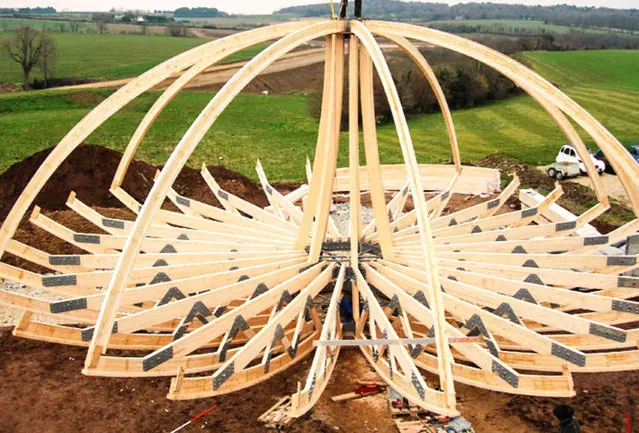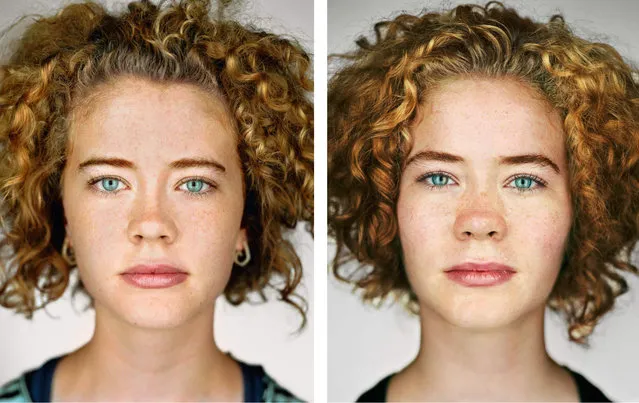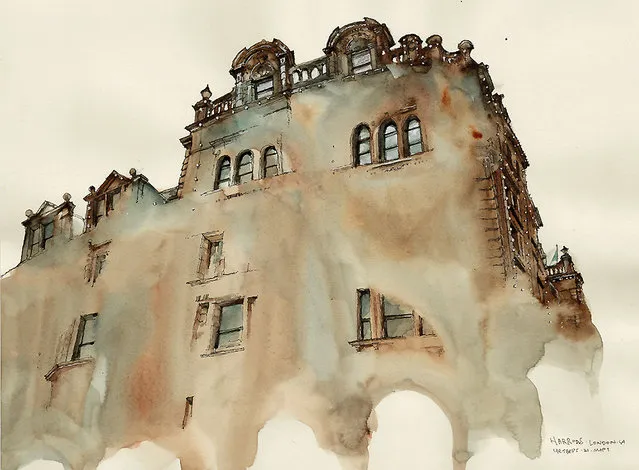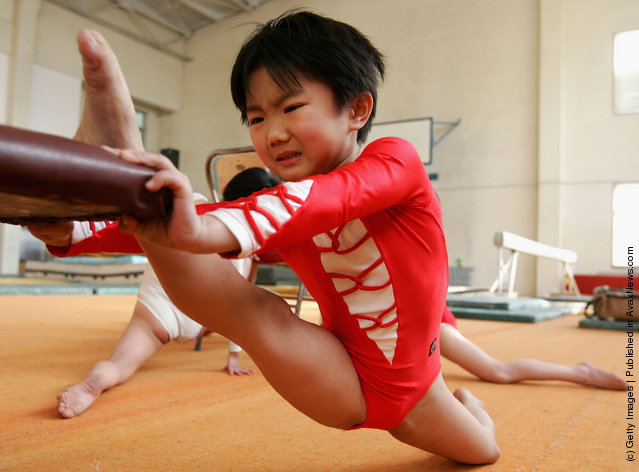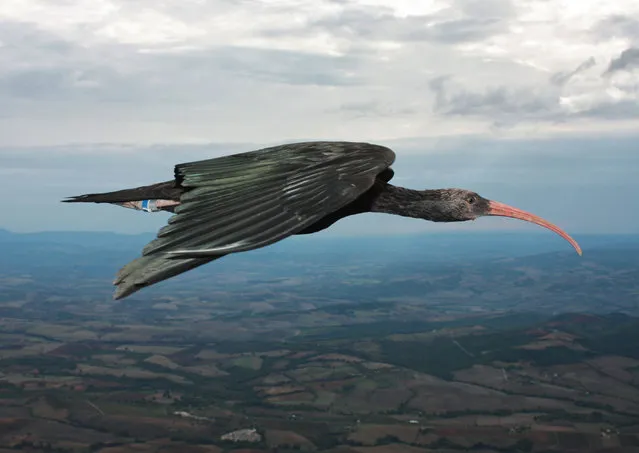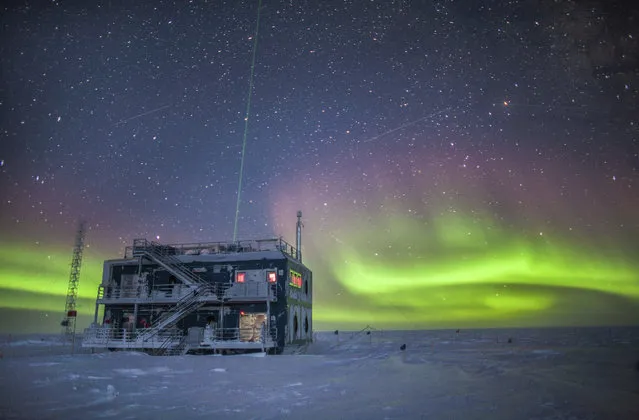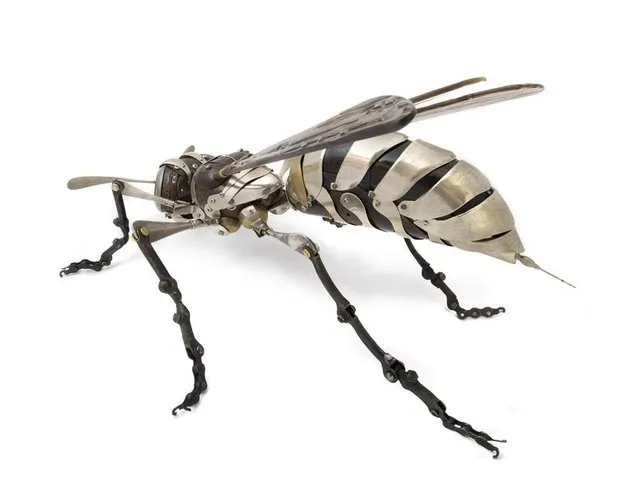
Edouard Martinet was born in Le Mans, France in 1963 he studied art at ESAG, Paris and graduated in 1988. From 1988 to 1992 he lived and worked in Paris as a graphic designer, and in 1990 started sculpting and staging exhibitions. From 1992 to 1995 he lived in Charente before moving to his current location in Rennes where he teaches art at L'Institut des Arts Appliques.
27 Apr 2012 11:35:00,post received
0 comments

